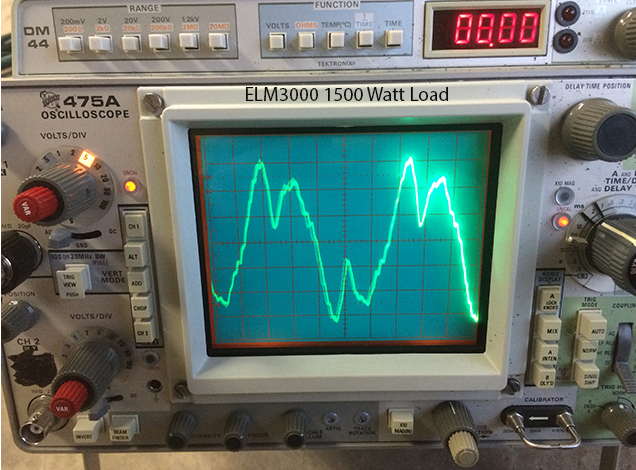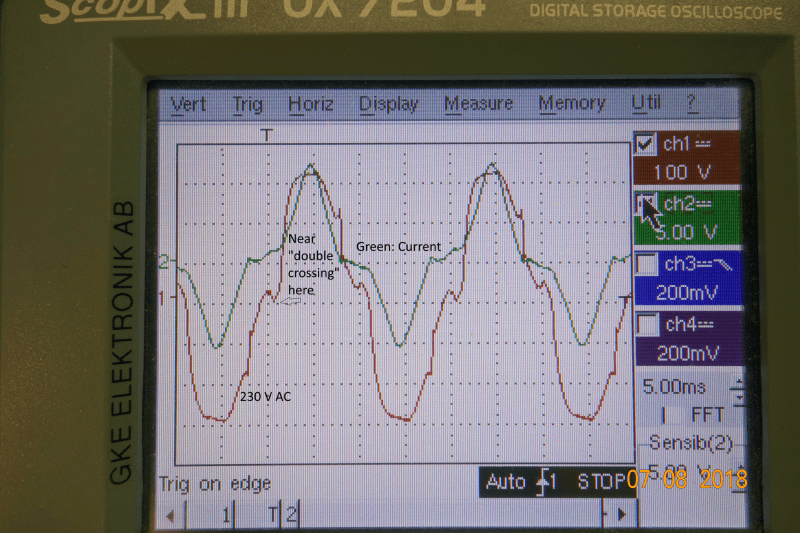My son bought a cheap, 5kw no name brand Chinese made generator to power his RV when not connected to utility power. The generator is a true AC generator, not an inverter. If he runs only the microwave from the generator, the clock/timer on the microwave runs too fast, about twice normal speed. If he runs the air conditioner with the microwave, the clock runs at normal speed. I have checked the frequency of the generator and it is very close to 60Hz. Researching the problem on the internet, it seems this is a common problem with certain generator/microwave combinations. The general consensus is the generator is producing "dirty power", i.e. a distorted sine wave which is producing extra triggering of the clock circuit. I do not have an scope available to check the waveform. The fact that running the motor in the air conditioner makes the clock run correctly would seem to indicate this is the case. The AC motor smooths out the waveform.
How could a generator produce a bad enough sine wave to make the clock run so fast?


